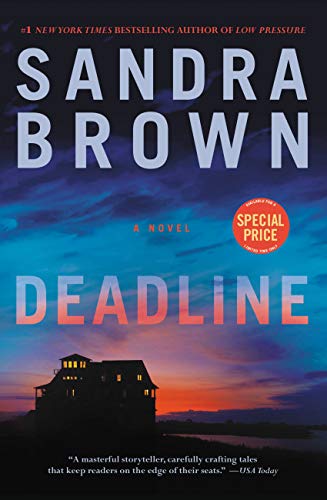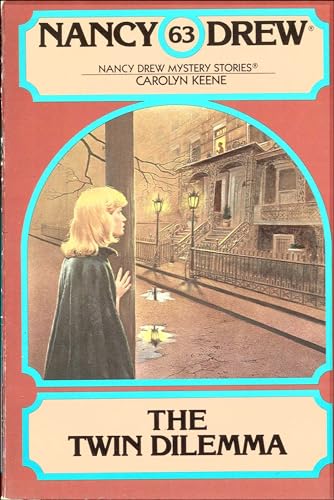
By Stephen Windwalker, publisher of Kindle Nation
CEO Jeff Bezos was characteristically coy, during Thursday’s Amazon earnings conference call, when he was asked if the company “might unleash the computing power of the Kindle” by adding features that could make the Kindle competitive with netbook computers: “We’re really focused on purpose-built reading devices. We wouldn’t talk anyway about what we’re going to do in the future.”
Amazon may be coy, but CEO Russ Wilcox of e-Ink, the Cambridge, MA company that manufactures the revolutionary display technology used by the Kindle and the Sony eReader, recently provided the Boston Globe‘s Robert Weisman with a detailed, forward-looking chronology in which he laid out exactly what features we can reasonably expect in the Kindle 3.0 and beyond during 2009, 2010, and 2011. Although Amazon has always (during the Kindle’s brief 17-month history) emphasized the Kindle’s primary purpose as an electronic reading device, the company has not been shy about including other features that could, if optimized and augmented over time, appeal to consumers with “convergence device” or “laptop replacement” on their minds. Follow the very detailed Wilcox roadmap and we are looking, within three years, at the Kindle 4 or 5 as “an ideal mobile internet device.”
Perhaps this seems speculative, you say? But think this through with me:
If the e-Ink technologies that Wilcox describes move from prototype to product on the timetable that he describes so specifically, wouldn’t Amazon be foolish not to adopt them for the Kindle? After all, while I have always been clear about my view that the Kindle hardware is a bit of a Trojan horse, a means to Amazon’s real end of maintaining and expanding its leading role as a content retailer as we transition toward more and more digital content, it is essential for Amazon to hold onto the Kindle’s hardware market position for at least the next half-decade if it is to continue to shape and set standards for the Kindle content market. The inherent business propositions are straightforward both for e-Ink and for Amazon: e-Ink would not be investing the R&D money if its most important customer were not interested in the features, and Amazon can’t afford to turn its back on hardware device features that will be adopted by hardware device competitors (even if those devices end up selling Kindle Store content, as I expect they will).
So, here’s what we have to look forward to:
2009 Kindle-Compatible TouchTablet
- Although bloggers have been buzzing for months about a large-form Kindle (first in 2008, and then, when that didn’t happen, in 2009), most of this buzz has been self-feeding, and I admit that I’ll be happily surprised, but still surprised, if there is a large-form e-Ink Kindle display in 2009. Maybe he needed to be more reticent about events closer to launch date, but Wilcox didn’t even mention 2009. He was very specific in mentioning 2010 and 2011.
- Much more likely: a large-form, backlit, energy-intensive, high-end Kindle-compatible iPod TouchTablet with a price point in the $599-$699 range.
2010 Kindle
- All the features of the Kindle 2, plus
- Touch Screen with display-based keyboard, character recognition, and handwriting stylus for annotation and other writing-intensive activities including email, notes, and scribbling
- Faster refresh
- Flexible large-form e-ink display for effective rendering of textbooks and newspapers
2011 Kindle
- All of the above
- Plus a full-color display for effective rendering of magazines, cookbooks, comic books and graphic novels
2012(?) “Kindle Ideal” Mobile Internet Device
- All of the above
- Plus a full-screen, full-featured, full-color, fast-refresh, fast-loading browser
- Flexible so you can fold it up and carry it with no more weight or footprint than the Kindle 2
- Low electricity usage so that it can go for days between battery charges
- And, dare we dream that its wireless web connection would still be free?
Among other things, I can’t help but mention that if all this comes to pass, the dumbed-down Netbook phenomenon of 2009 will be so over by 2013.
Sometimes, I know, I get accused of shilling for Amazon, or being a Kindle bore, when I throw words like “amazing” and “revolutionary” at the Kindle. But it has been this vision of the Kindle’s future — implicit in nearly every word of the Russ Wilcox video below — that I have been imagining, and writing about explicitly — since the Kindle was launched in November 2007.
Here is the Wilcox video:
That’s the hardware. Can I get a “Wow?”
But I would be remiss if I did not also point out that there is still so, so much unrealized potential in terms of Kindle software and Amazon’s relationships with Kindle customers and content providers, including:
- Content-driven social networking that would empower readers and authors while providing a nice viral marketing force for Kindle content
- The obvious need for Amazon and publishers to liberate Kindle content from the restrictive guck of DRM (digital rights management), which has little or nothing to do with copyright protection and amounts to the biggest betrayal yet, or ever, of Amazon’s “customer experience” mantra
- A more courageous and customer-driven stance in the face of the narrowly based opposition to the Kindle’s text-to-speech feature
- The need to address a bizarre, uncharacteristic, unethical and legally questionable approach to Kindle content promotion and publishing platform support, in which Kindle staff have shown a bias toward mainstream publishers while failing to provide even rudimentary support for independent authors and publishers, and may, if other reports are to be believed, be employing the kind of two-tier royalty approach that could eventually lead to federal scrutiny
No doubt it is a lot to manage, but it seems ironic that a company that has never manufactured hardware before would be doing so well on the device itself, yet so poorly on myriad issues in which Amazon has proven expertise that the device’s bed could ultimately be fouled. I hope not.
* * *
(For more free news and tips about the Amazon Kindle, subscribe to Kindle Nation, the free weekly email newsletter by Stephen Windwalker, or download a month’s worth of issues to your Kindle for just 99 cents!).
The author was the first to note authoritatively that Amazon sold half a million Kindles by Fall 2008, and the first to predict the Kindle for iPhone App.


















